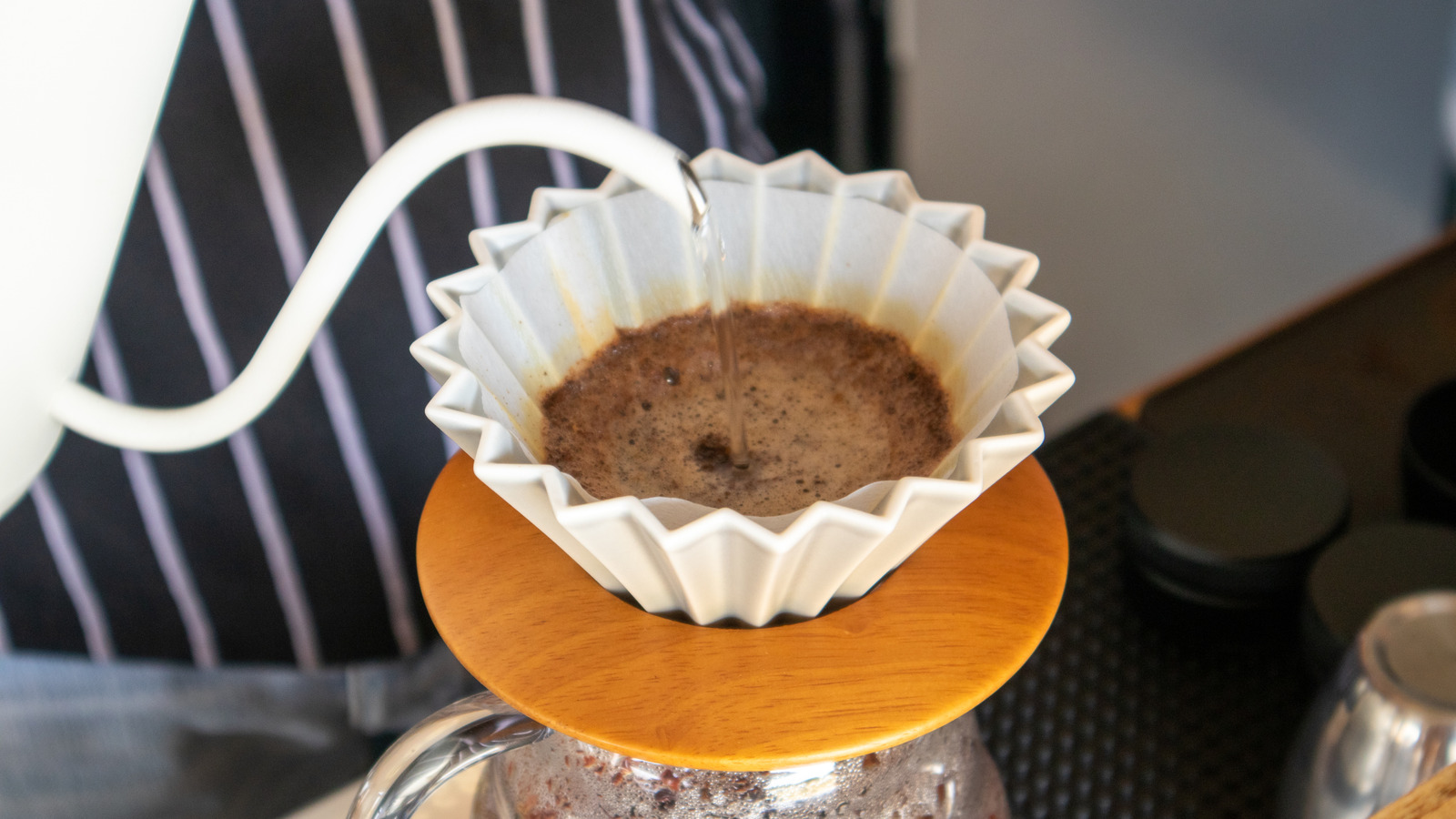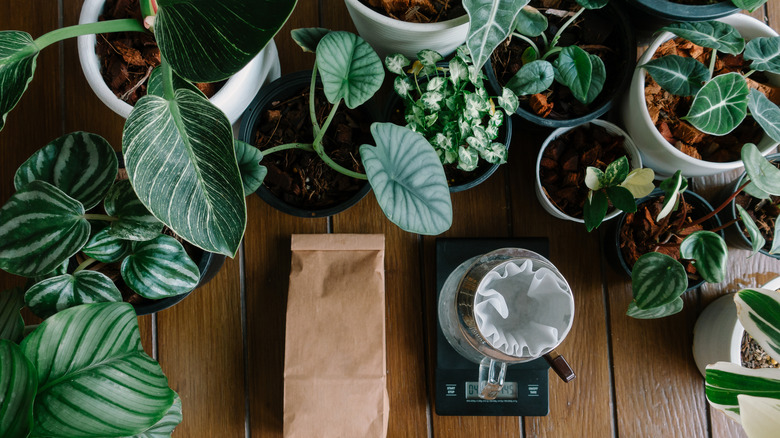We may receive a commission on purchases made from links.
The purpose of the coffee filter is pretty straightforward: These very thin paper products help separate solids (the coffee grinds) and liquids (your coffee) while you’re brewing your morning cup of joe. Despite the “coffee” in the name, though, a simple paper filter like this comes in handy quite a bit around the house in other ways. Coffee filters are good paper towel substitutes in a pinch, not to mention that they’re great alternatives for cheesecloths when you’re straining homemade broth. And if you’re working on your green thumb and you keep indoor plants around the house, you’ll find that placing a coffee filter at the bottom of the pot does a lot of good for the plant.
What does a coffee filter do in a planter? Have you ever noticed that lots of plant pots contain small holes at the bottom? These are called drainage holes, and they allow excess water to leave the pot to stop the soil from over-saturating and drowning the poor plant. They can also make messes because they’re big enough for pieces of soil to fall out. Or worse, soil clumps can get stuck in the drainage holes and possibly damage the plant. By sticking a paper coffee filter at the bottom, in between the soil and the drainage holes, you allow the holes to serve their purpose while keeping soil inside the pot, where it belongs.
Other perks of using coffee filters for plants
As far as DIY methods go to avoid plant-related messes, there are a few perks to using coffee filters besides the lack of dirt spills. It’s economical, for one thing; a package of them, like these Amazon Basics 200-Count Basket Coffee Filters, only goes for a few dollars, and it’s easy to spare a couple of them for the plants without feeling like you’re wasting money. Coffee filters, even while letting the majority of water pass through, are also good enough at retaining moisture that they can help keep water present in the soil without over-saturating. This means your plant has a slightly smaller risk of drying out (keep watering it regularly, of course). Keep in mind that a coffee filter is designed to be disposable, and it won’t last forever.
You can even reuse a filter that you just removed from your coffee maker. This is because the used coffee grounds residue actually has beneficial nutrients for the plant in small amounts, such as nitrogen and potassium. The more harmful acidic elements in coffee beans were filtered out while you were brewing them. If you do transfer a used filter into a plant pot, make sure you dump out the used coffee grounds first before you transfer: You only need the small traces of grounds still stuck to the filter. Instead, those clumps of wet, ground coffee can go in your compost — you should never wash used coffee grounds down the drain.






